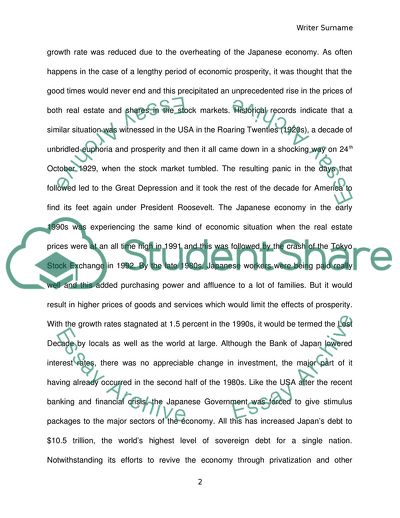Cite this document
(Key Features of the Economic Development of East Asia Assignment, n.d.)
Key Features of the Economic Development of East Asia Assignment. https://studentshare.org/macro-microeconomics/1759255-east-asian-economic-development
Key Features of the Economic Development of East Asia Assignment. https://studentshare.org/macro-microeconomics/1759255-east-asian-economic-development
(Key Features of the Economic Development of East Asia Assignment)
Key Features of the Economic Development of East Asia Assignment. https://studentshare.org/macro-microeconomics/1759255-east-asian-economic-development.
Key Features of the Economic Development of East Asia Assignment. https://studentshare.org/macro-microeconomics/1759255-east-asian-economic-development.
“Key Features of the Economic Development of East Asia Assignment”. https://studentshare.org/macro-microeconomics/1759255-east-asian-economic-development.


